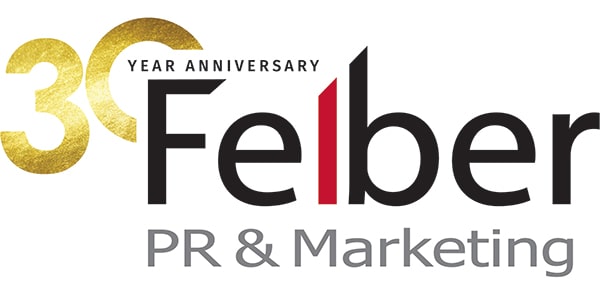Device Interruption and Its Impact on Creating Meaningful Business Connections
There I was, having a nice conversation with a colleague I had not seen in a while. Then it happened… a classic case of device interruption. I got a notification through my smartwatch. Reflexively I turned my wrist for just a brief glance. It could have been an appointment reminder, a weather channel alert or […]
